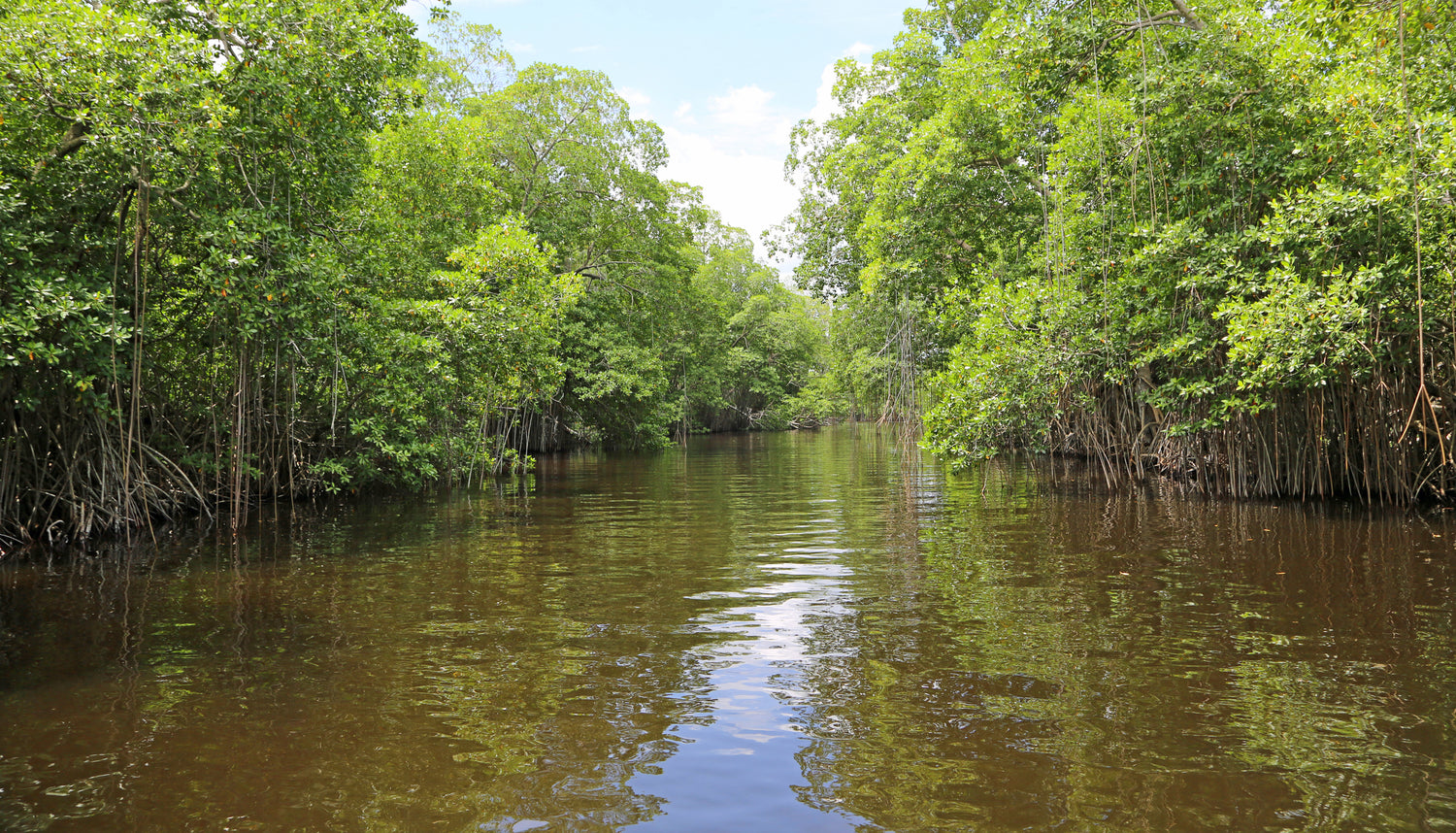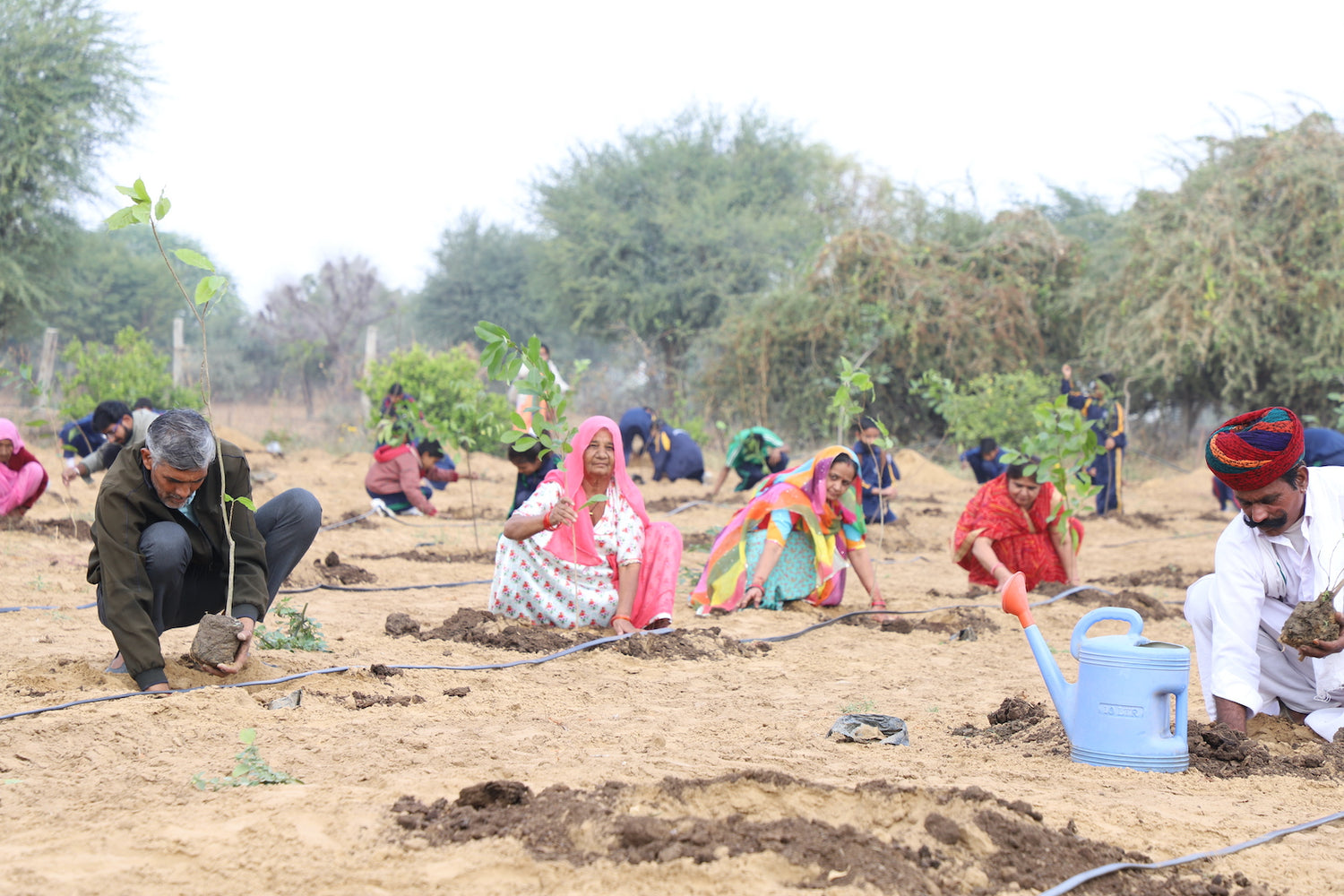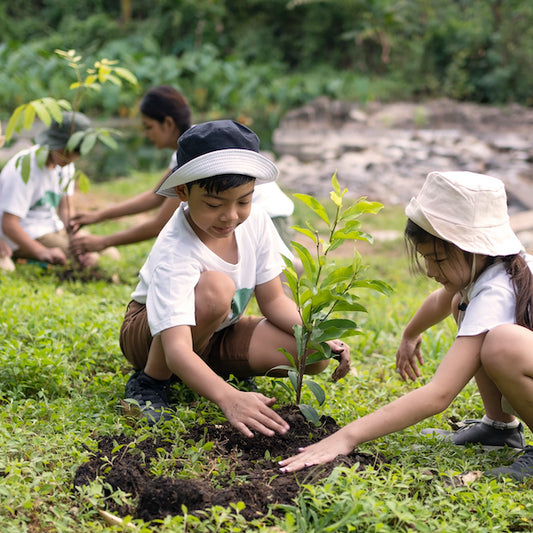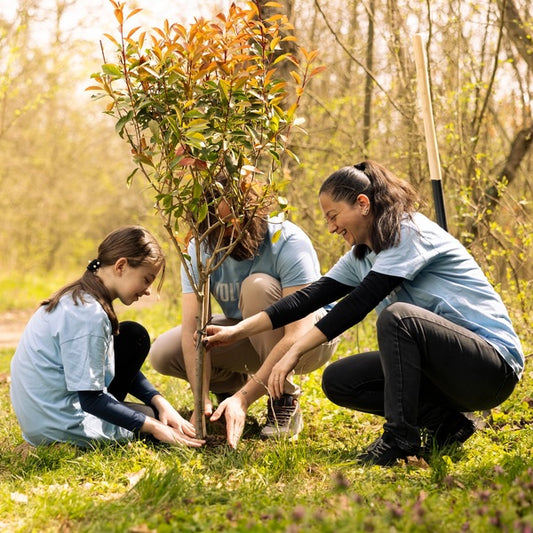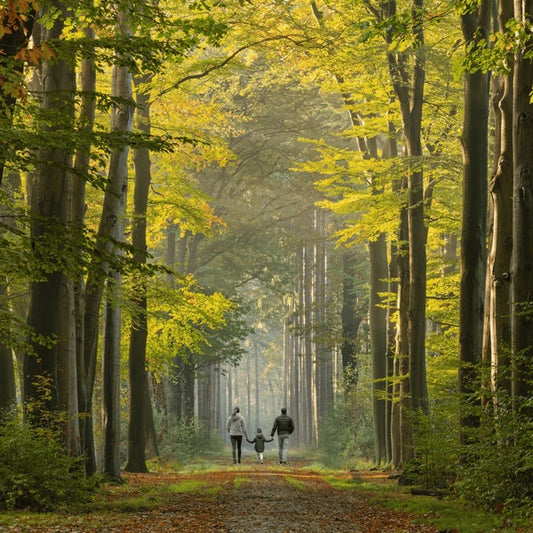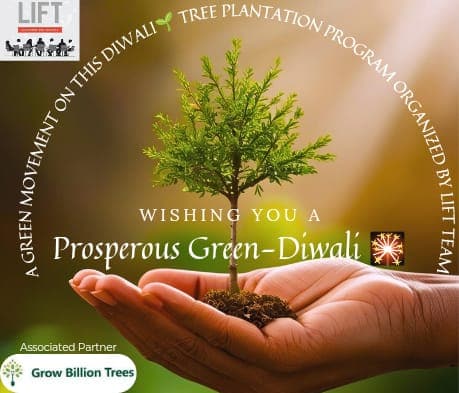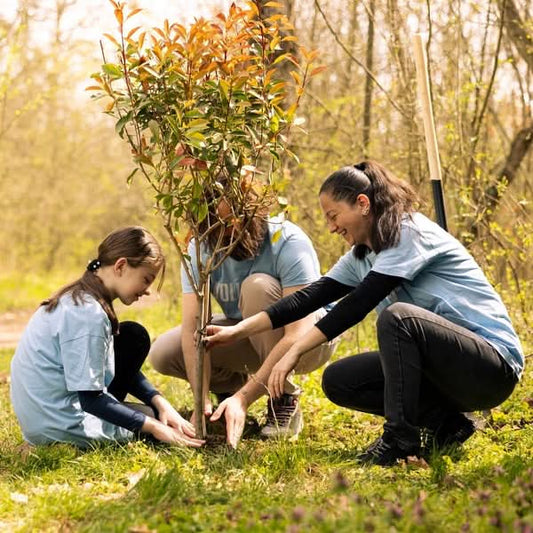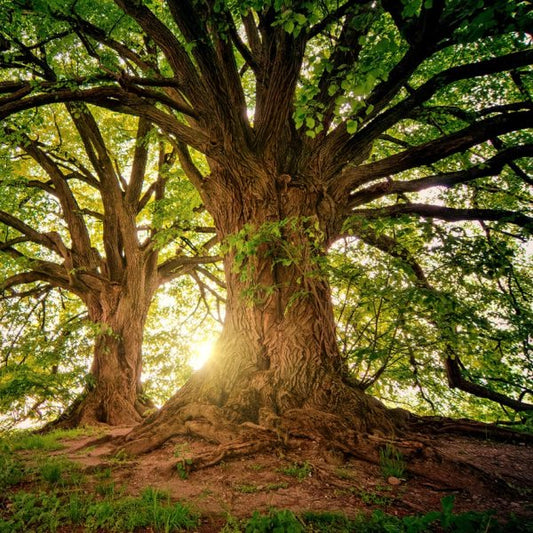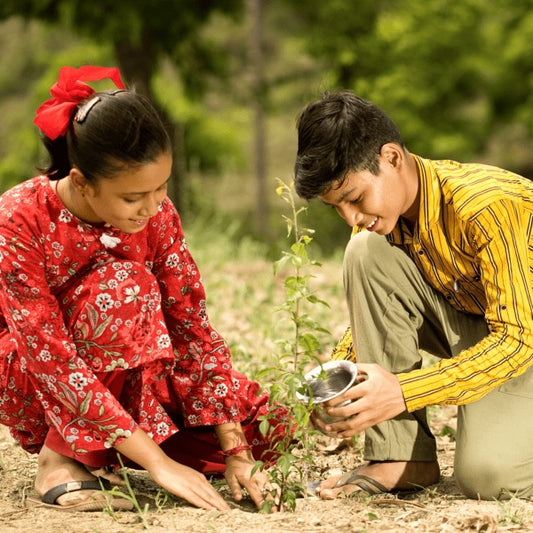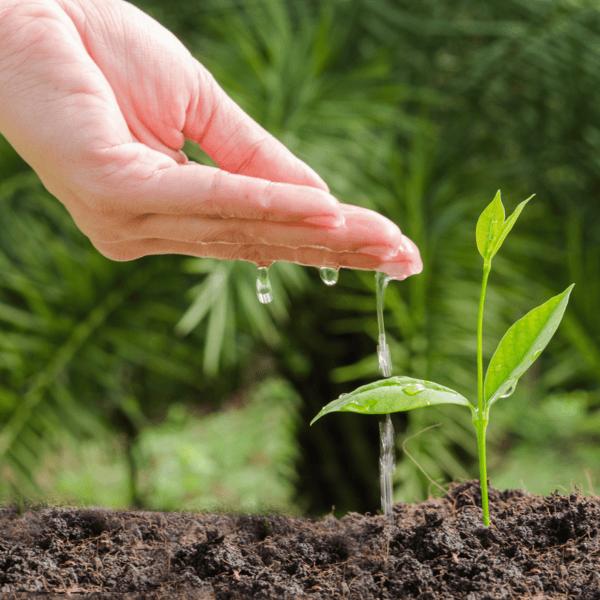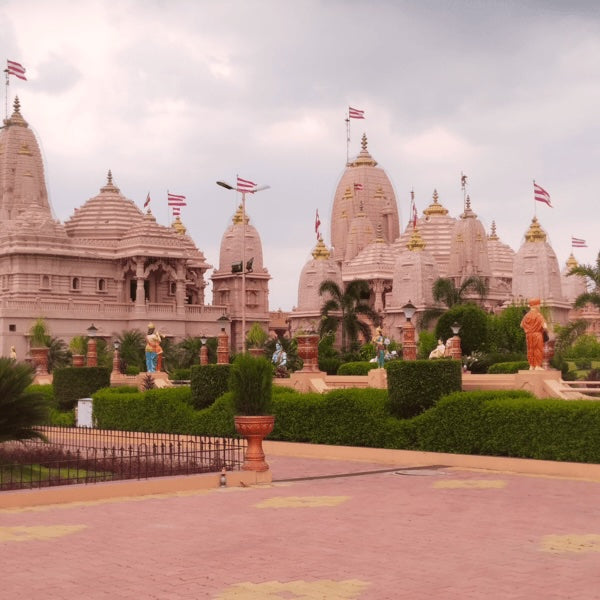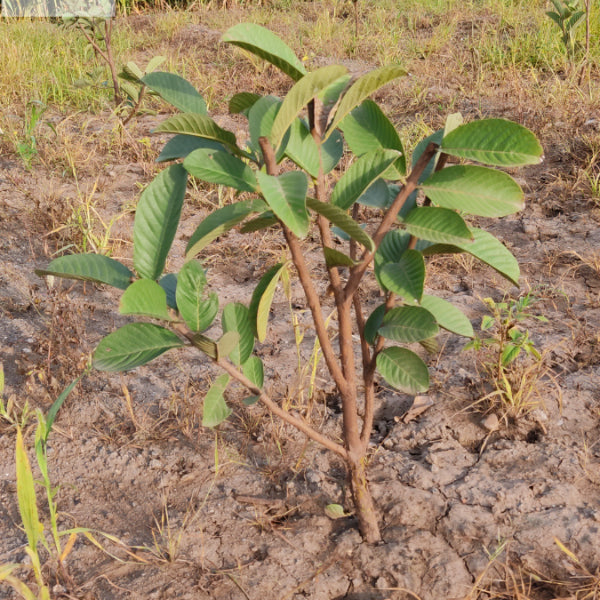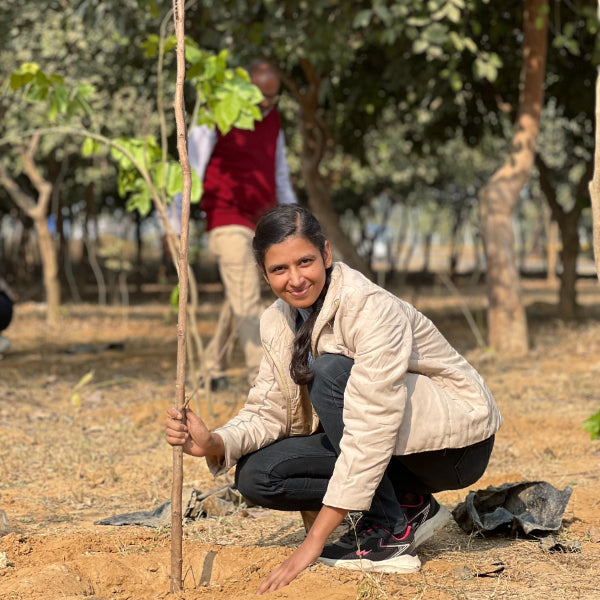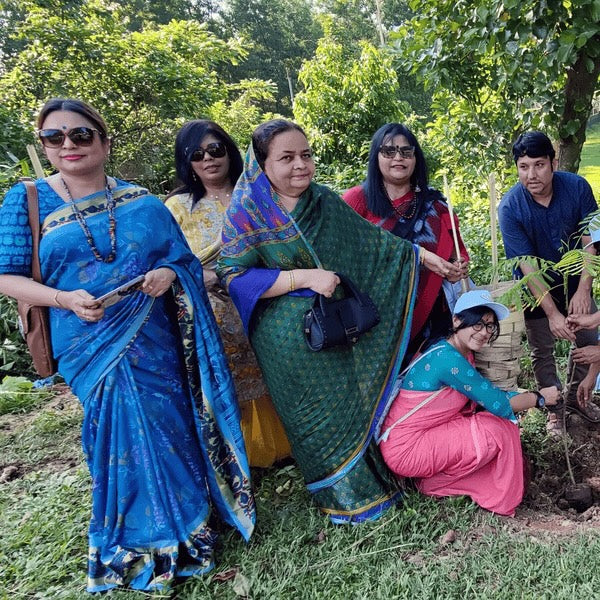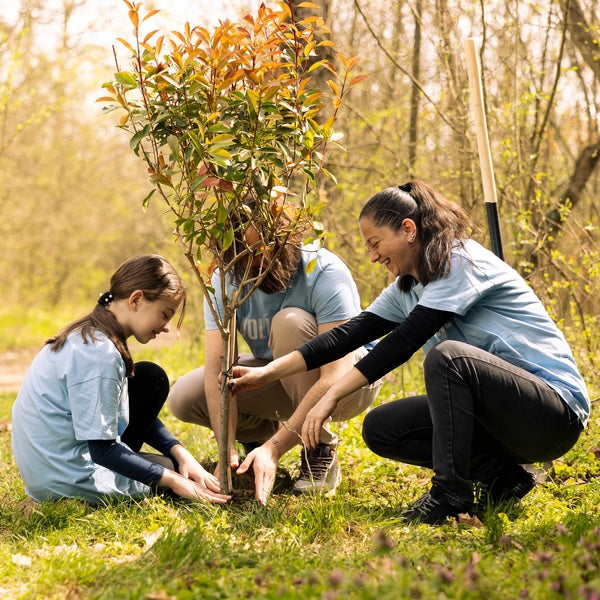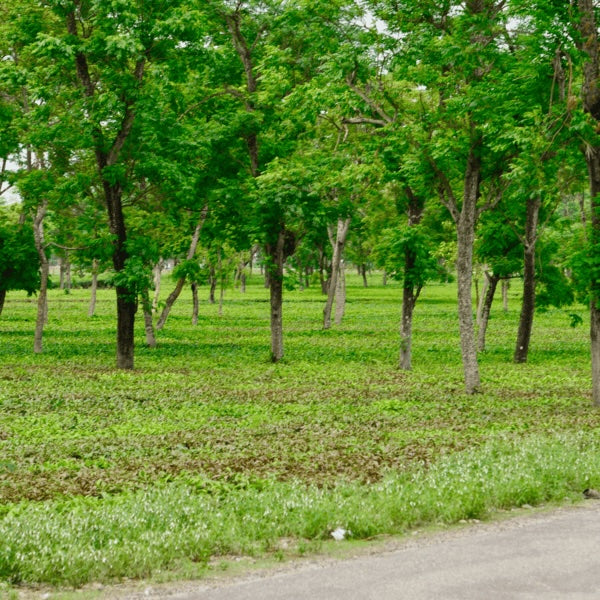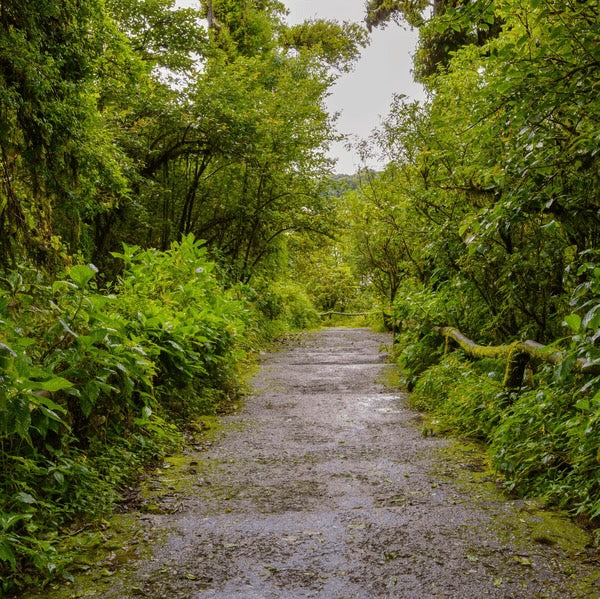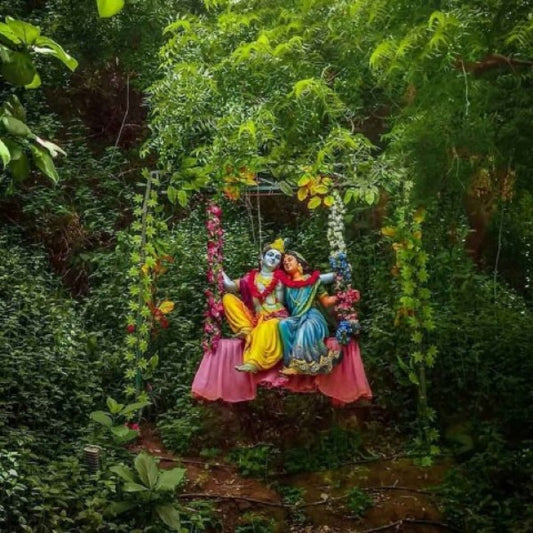Mangrove Coondapur: Western Ghats’ Hidden Corridor
Located in the heart of the Western Ghats, Mangrove Coondapur is a vital ecological corridor that plays a crucial role in maintaining biodiversity and Read more
Connect with us
-
👥 Corporates
If you are looking for:
- 🌲 Tree Plantation Events
- 📊 CSR Projects
📧 corporate@growbilliontrees.com
📞 +91 9699723523
💬 +91 9325931304 WhatsApp (Only)
🕒 Mon - Sat | 10am - 7pm IST
-
🧩 Tree Plantation NGOs
If you are looking for:
- 💰 Financial Assistance
- 🤝 Operational Support
📧 support@growbilliontrees.com
📞 +91 9699723523
💬 +91 9325931304 WhatsApp (Only)
🕒 Mon - Sat | 10am - 7pm IST
-
🌼 Individuals
If you are looking for:
- 👥 Group Tree Plantation Drive
- 🌳 Bulk Tree Plantation
📞 +91 9699723523
💬 +91 9325931304 WhatsApp (Only)
🕒 Mon - Sat | 10am - 7pm IST
Trending
Trees for Corporates
Mangrove Coondapur: Western Ghats’ Hidden Corridor
Located in the heart of the Western Ghats, Mangrove Coondapur is a vital ecological corridor that plays a crucial role in maintaining biodiversity and supporting local communities. This hidden gem is not only a sanctuary for various species but also a significant player in combating climate change. 🌍
Scientific Significance of Mangrove Coondapur 🌱
Mangroves are unique coastal ecosystems that thrive in saline environments. The Mangrove Coondapur area is home to several species of mangrove trees, including Rhizophora mucronata and Avicennia marina. These trees are known for their complex root systems, which provide stability to coastlines and serve as nurseries for marine life.
According to a study published in the Journal of Coastal Research, mangroves can sequester up to 4-5 times more carbon than terrestrial forests, making them essential in the fight against global warming. 🌡️
Fun Facts About Mangrove Coondapur 🌊
- Home to over 200 species of birds, including migratory species like the Black-tailed Godwit.
- Supports a diverse range of marine life, including fish, crabs, and mollusks.
- Acts as a natural barrier against storm surges and coastal erosion, protecting inland communities.
Historical Context 📜
The history of Mangrove Coondapur dates back centuries, with local communities relying on its resources for fishing and agriculture. The region has witnessed significant changes due to urbanization and industrialization, leading to habitat loss. However, conservation efforts have gained momentum in recent years, highlighting the importance of preserving this unique ecosystem.
Environmental Impact 🌳
The environmental impact of Mangrove Coondapur is profound. The mangroves play a critical role in:
- Carbon Sequestration: Helping mitigate climate change by absorbing carbon dioxide.
- Water Filtration: Filtering pollutants and improving water quality in coastal areas.
- Biodiversity Conservation: Providing habitat for numerous species, thus maintaining ecological balance.
Grow Billion Trees: Partners in Conservation 🌱🤝
Grow Billion Trees is an organization dedicated to reforestation and environmental conservation. In the Mangrove Coondapur region, they partner with local communities and environmentalists to execute and promote various projects aimed at restoring mangrove ecosystems. Their initiatives include:
- Tree Planting Drives: Organizing community events to plant native mangrove species.
- Awareness Campaigns: Educating locals about the importance of mangroves and sustainable practices.
- Research and Monitoring: Collaborating with scientists to study the health of mangrove ecosystems and track progress.
Through these efforts, Grow Billion Trees not only enhances the ecological integrity of Mangrove Coondapur but also empowers local communities to take an active role in conservation. 🌍✨
Conclusion 🌟
Mangrove Coondapur is a vital ecological corridor that deserves recognition and protection. With the support of organizations like Grow Billion Trees, we can ensure that this hidden gem continues to thrive for generations to come. By promoting awareness and engaging local communities, we can safeguard the future of this unique ecosystem and its invaluable contributions to our planet. 🌏
Mangrove Ecosystem
Dive into the enchanting world of mangroves, where trees wear their roots like fashionable shoes, strutting their stuff in the coastal waters. These green giants are not just pretty faces; they play a crucial role in protecting coastlines and providing a habitat for a myriad of wildlife.
Western Ghats Biodiversity
The Western Ghats are like nature's treasure chest, overflowing with unique flora and fauna. This UNESCO World Heritage site is home to species that are so rare, they make unicorns look common.
Coondapur Wildlife
Coondapur is a wildlife lover's paradise, where every rustle in the bushes could be a rare bird or a cheeky monkey. It's the kind of place where you can channel your inner David Attenborough without the need for a camera crew.
Ecotourism in Coondapur
Ecotourism here is like a guilt-free dessert; you get to enjoy nature while helping it thrive. Explore the mangroves and feel good about your carbon footprint shrinking faster than your waistline after a salad.
Mangrove Conservation
Saving mangroves is like giving Mother Nature a big hug. These ecosystems are under threat, and conservation efforts are the superhero capes that help protect them from the villains of pollution and deforestation.
Birdwatching in Western Ghats
Grab your binoculars and prepare for a feathered fiesta! The Western Ghats are a birdwatcher's dream, where you can spot everything from the flamboyant Malabar Grey Hornbill to the elusive Nilgiri Tahr.
Mangrove Research
Researching mangroves is like being a detective in a green mystery novel. Scientists are uncovering secrets about these ecosystems that could help us understand climate change and biodiversity better than a fortune teller with a crystal ball.
Coondapur Adventure Activities
If you think Coondapur is just about lounging, think again! From kayaking through mangrove tunnels to trekking in the Western Ghats, adventure awaits at every turn, making it the ultimate playground for thrill-seekers.
Sustainable Practices
In Coondapur, sustainability isn’t just a buzzword; it’s a lifestyle. Locals are embracing eco-friendly practices that would make even Captain Planet proud, ensuring that the beauty of the mangroves lasts for generations.
Mangrove Flora
The flora in mangroves is like a botanical buffet, offering a feast for the eyes. From the resilient Avicennia to the majestic Rhizophora, these plants are the unsung heroes of coastal ecosystems, thriving where others fear to tread.
Climate Change Impact
Climate change is the unwelcome guest at the mangrove party, threatening to crash the festivities. Understanding its impact on these vital ecosystems is crucial for ensuring that they continue to thrive amidst rising sea levels and erratic weather patterns.
Local Culture and Traditions
The culture around Coondapur is as rich as the soil in its mangroves. Local traditions and stories are woven into the fabric of life here, making every visit a delightful journey through history, folklore, and the vibrant spirit of the community.
You may like
Corporate Plantations
FAQ
What is Mangrove Coondapur: Western Ghats’ Hidden Corridor?
Ah, the secretive Mangrove Coondapur! It’s a lush, green paradise tucked away in the Western Ghats, where mangroves meet mountains. This hidden corridor is a biodiversity hotspot, offering a unique ecosystem that’s as vital as it is beautiful. Think of it as nature’s best-kept secret, waiting for you to explore!
Why should I visit Mangrove Coondapur?
If you’re a nature lover, this place is like a buffet of biodiversity! From stunning landscapes to unique wildlife, it’s a feast for the eyes. Plus, you can brag about visiting a hidden gem that not everyone knows about. Who doesn’t want to be the cool friend with insider knowledge
What wildlife can I expect to see?
Prepare for a wildlife extravaganza! You might spot everything from playful monkeys to colorful birds, and maybe even a shy crocodile sunbathing. It’s like a live nature documentary, minus the narration. Just remember to keep your camera ready; you never know when a rare sighting might happen!
How can I contribute to conservation efforts?
Join the club! At Grow Billion Trees, we believe in planting trees like it’s a competitive sport. You can volunteer, donate, or even adopt a tree! Every little effort counts, and together, we can ensure that Mangrove Coondapur remains a thriving ecosystem for generations to come. Let’s make Mother Nature proud!
Is there an entry fee for Mangrove Coondapur?
Good news! Visiting this hidden corridor won’t break the bank. Most areas are free to explore, but some guided tours might charge a small fee. Think of it as a ticket to adventure, where your money goes towards preserving this natural wonder. A small price for a big experience!
What’s the best time to visit?
Timing is everything! The best time to visit Mangrove Coondapur is during the cooler months, from October to March. The weather is pleasant, and the wildlife is more active. Plus, you’ll avoid the sweaty mess that summer brings. So, pack your bags and plan your escape!
Are there guided tours available?
Absolutely! Guided tours are like having a personal tour guide who knows all the juicy secrets of Mangrove Coondapur. They’ll lead you through the best spots, share fascinating facts, and ensure you don’t get lost in the wilderness. It’s like having a cheat sheet for nature!
Can I take photographs?
Snap away! Photography is highly encouraged in Mangrove Coondapur. Capture the stunning landscapes, vibrant wildlife, and those Instagram-worthy moments. Just remember to respect nature and avoid disturbing the wildlife. Your followers will thank you for the eye candy!
What should I wear for my visit?
Dress like you’re going on a mini-adventure! Comfortable shoes are a must, as you’ll be exploring. Lightweight clothing is ideal, and don’t forget a hat and sunscreen. You want to look good while you’re out there, but also be practical. Fashion meets function, folks!
Is it safe for solo travelers?
You might make a new friend or two!
What activities can I do there?
Oh, the possibilities are endless! You can hike, birdwatch, or simply soak in the beauty of nature. If you’re feeling adventurous, kayaking through the mangroves is a must-try. It’s like being in your own nature documentary, minus the dramatic music. Get ready for some fun!

